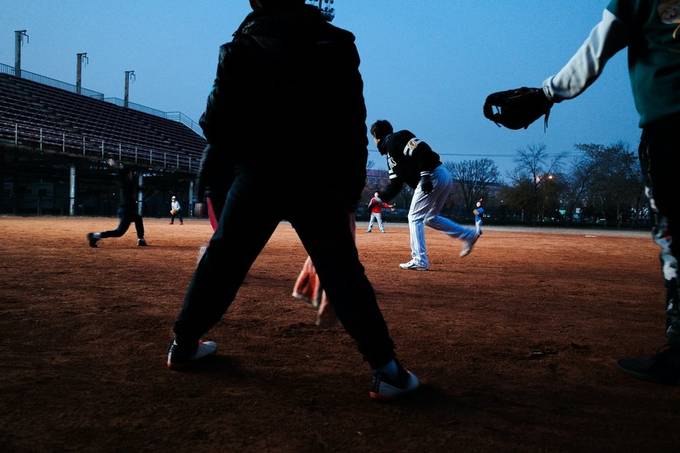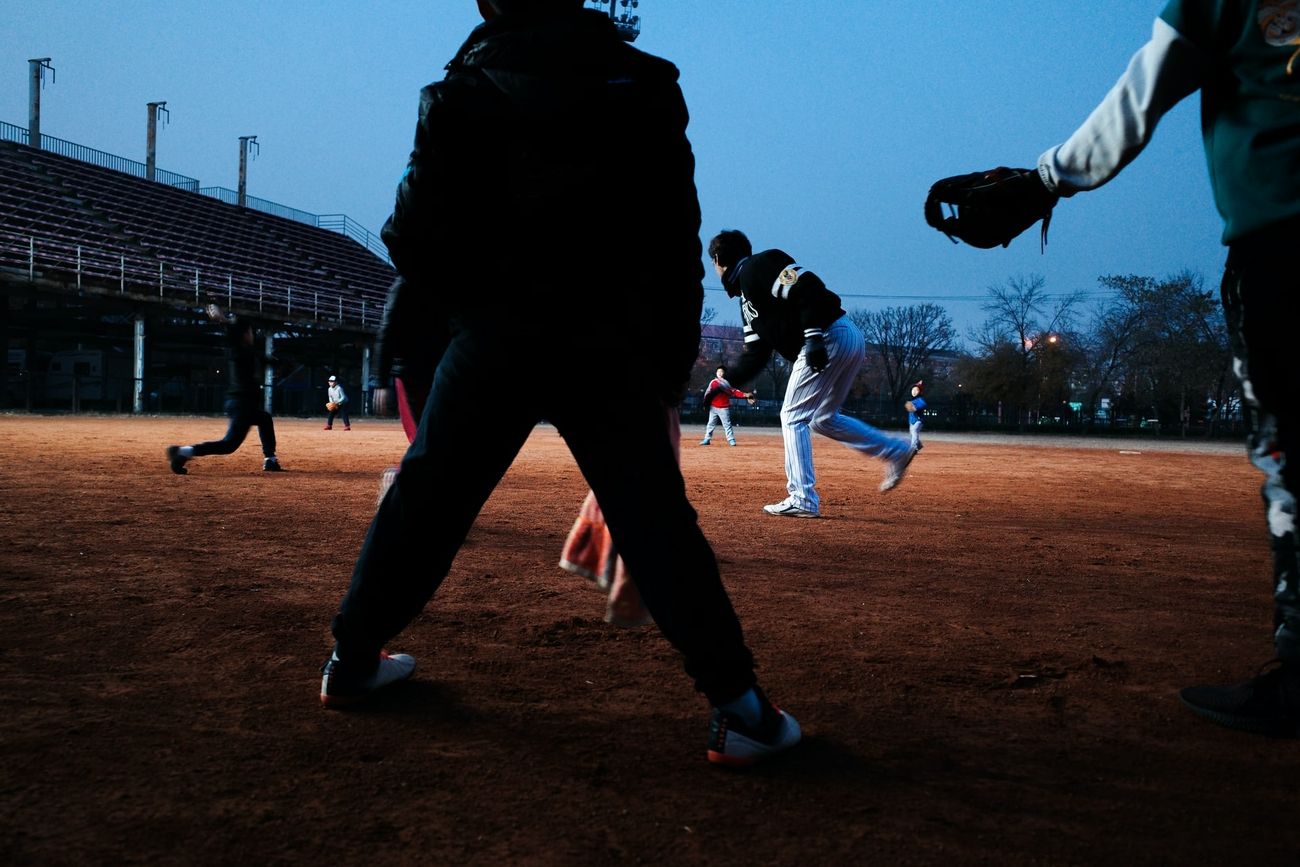Even though non-fungible tokens - also known as NFTs - have been around for a while, they're getting a lot of attention from photographers right now. Many photographers have earned thousands of dollars by selling NFTs, while others have earned just as much by collecting them. NFTs can seem intimidating and mysterious, especially to those who are unfamiliar with cryptocurrency. In reality, the process is pretty straightforward.

So what are NFTs and are they worth your time? We'll answer these questions and more in this article.
What Are NFTs in Photography?
NFTs are non-fungible tokens that can't be exchanged, meaning that each NFT is unique in its own right. The information is stored in blockchains, which means that it's almost impossible to hack or cheat an NFT. In essence, these tokens are stored securely and are exclusive. If you own an NFT, you are the sole owner of it. Or at the very least, you own a part of it.
You can easily trace an NFT's history to find out who created it and who purchased it. You can find out how many times it was sold and when each transaction happened. This gives NFT owners a new kind of digital exclusivity.

Why Are NFTs Special?
In the digital world, exclusivity is usually not guaranteed. Photographs are constantly being stolen, reproduced, and edited by strangers. This won't stop happening when you sell NFTs, but you'll be able to create digital proof of ownership. This is a game-changer for many artists.
In the offline world, original paintings are bought and sold by art collectors all the time. It will always be a fact that those paintings were created by a specific artist. However, the owner of those paintings could change. The same principles apply to NFTs. Even though everything is done digitally, you'll always be the creator of your images. Specific people will be able to own specific photos of their choosing.
In the past, photographers had to print their images and sell limited editions to create value. Today, they can create value without leaving their homes. This means that as a photographer, you can have more freedom and control in the online realm.

How To Sell NFTs
There are a plethora of NFT marketplaces where you can sell your images. Some are exclusive, which means you need to be invited before you can join. Others are open to everyone. A few popular ones include Variable, ZORA, KnownOrigin, SuperRare, OpenSea, and one coming soon on VIEWBUG a photography NFT marketplace. Each of these has its own requirements and costs. Do some research before you join any of these platforms. Familiarise yourself with the terms and conditions to protect your safety.
When you pick a platform to join, you'll have to set up a crypto wallet. Make sure that you use the right currency when selling and purchasing NFTs. To avoid making a mistake, read the guidelines carefully before you invest your money in anything.
As for investment, this is what photographers usually pay for the minting and listing NFTs, i.e. creating and sharing NFTs in the marketplace and selling NFTs, where the marketplace takes a percentage of every sale.
In this context, minting is another word for creating. You'll need to pay a fee to create an NFT. After that, you'll need to set a price, decide whether you'd like to sell a few limited editions or one exclusive image, and list your NFT. You'll also need to decide how much you'd like to receive in royalties if your photograph gets sold again. As an NFT creator, you'll be able to receive a percentage of sales no matter how many times your photograph is sold.

How Much Should My NFTs Cost?
This completely depends on you and your expectations. However, keep the following in mind before you decide on a price:
Exclusivity is valued. Some of the most successful photographers in this industry are very picky. They don't sell every photo from their portfolio. They choose their best photos to create real value. While there's no limit to how many NFTs you can sell, it might help to be selective.
Be reasonable. If you ask for millions of dollars, it's likely that no one will buy your work.
Build an audience outside of the NFT marketplace. The more popular you are as a photographer, the easier it will be to find potential customers and charge more per photo. Join NFT communities, get to know new people, and let others know that you're interested in selling your work!
NFTs vs. Copyright Issues
You can sell your images in the form of NFTs without selling your rights to them. The images you take will still be yours, but you'll be able to sell limited editions to anyone who wants to collect them. You'll be the one deciding how many editions you want to sell, the amount of money you'd like to receive, and more.
Keep in mind that every NFT marketplace has its own rules. Make sure that you read the terms and conditions carefully. It might be a tedious process, but it could save you a lot of stress in the long term!
Concerns About NFTs
Every industry comes with its own disadvantages. The NFT marketplace is no exception. There are two major issues that have come up in recent years.
The first is computing power. It takes a massive amount of energy to store NFTs. While there are a few marketplaces that strive to be environment-conscious, the majority takes up a lot of power.
The second is the law around taxes. Compared to other industries, the world of NFTs is still fairly new. Because of this, many laws and limitations are still unclear. What happens if an NFT disappears without explanation? Will you have to pay taxes for NFTs in the future? It's up to you to decide if you're comfortable with not having all the answers.

Should I Create NFTs as a Photographer?
NFTs acknowledge the value of digital media. This is a great advantage in a world where, even a few years ago, digital art wasn't as valued as traditional art. The cherry on top is financial gain. Many photographers have earned hundreds of thousands of dollars by selling their photos through NFT marketplaces.
Another benefit of selling NFTs is that there's no middle man except for the marketplace itself. You get to choose your prices. This gives photographers a new level of freedom that can help them make a living and comfortably take great photos in the process.
So should you create NFTs? If this concept sounds exciting to you, experiment with different options. Stay true to your creative values and be patient.
Conclusion
NFTs can be a great opportunity for photographers to earn money, get exposure, and inspire themselves to create better work. Like any industry, the world of NFT has its pros and cons, so make sure you do your research first.
Read guidelines and make sure that your rights are protected. Join a few marketplaces and see what works for you. Acknowledge the value of your own work and, if you do decide to join the industry, enjoy the experience. This is an exciting new world for photographers to explore. You never know, your next big opportunity might come from this industry!


